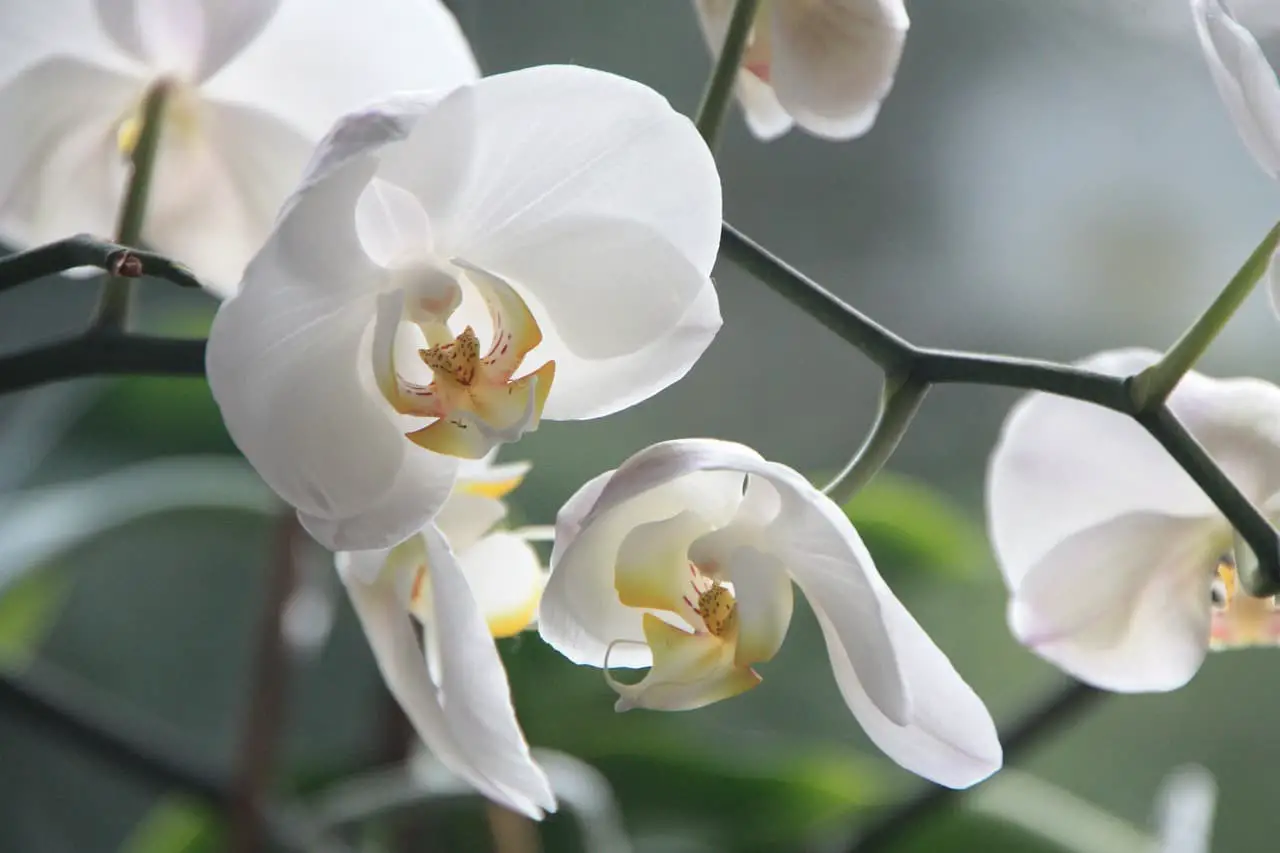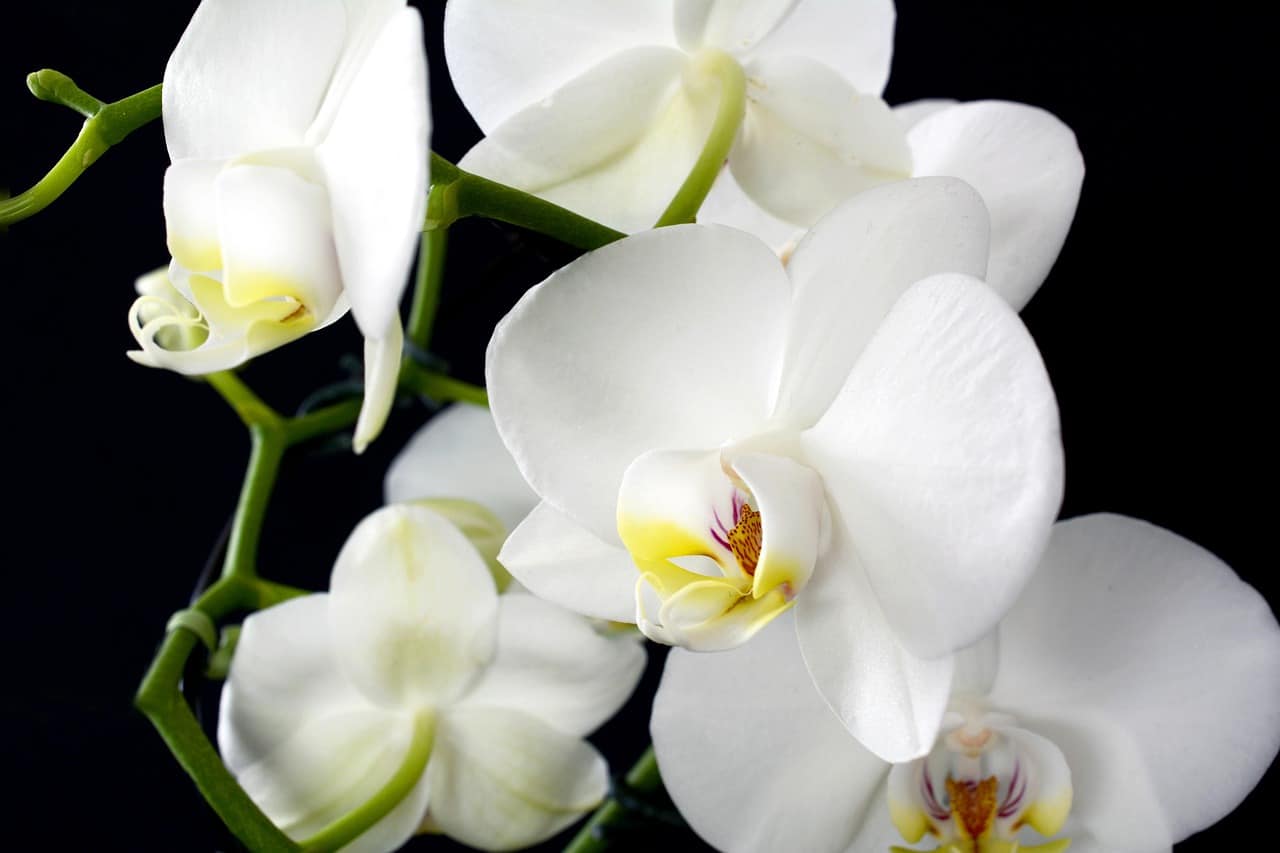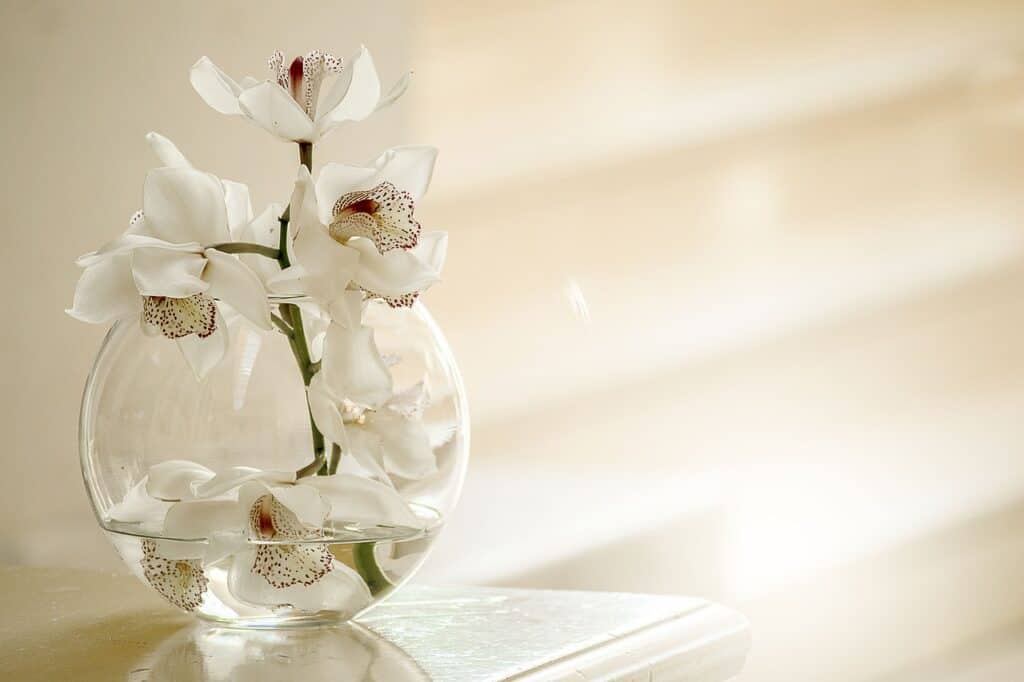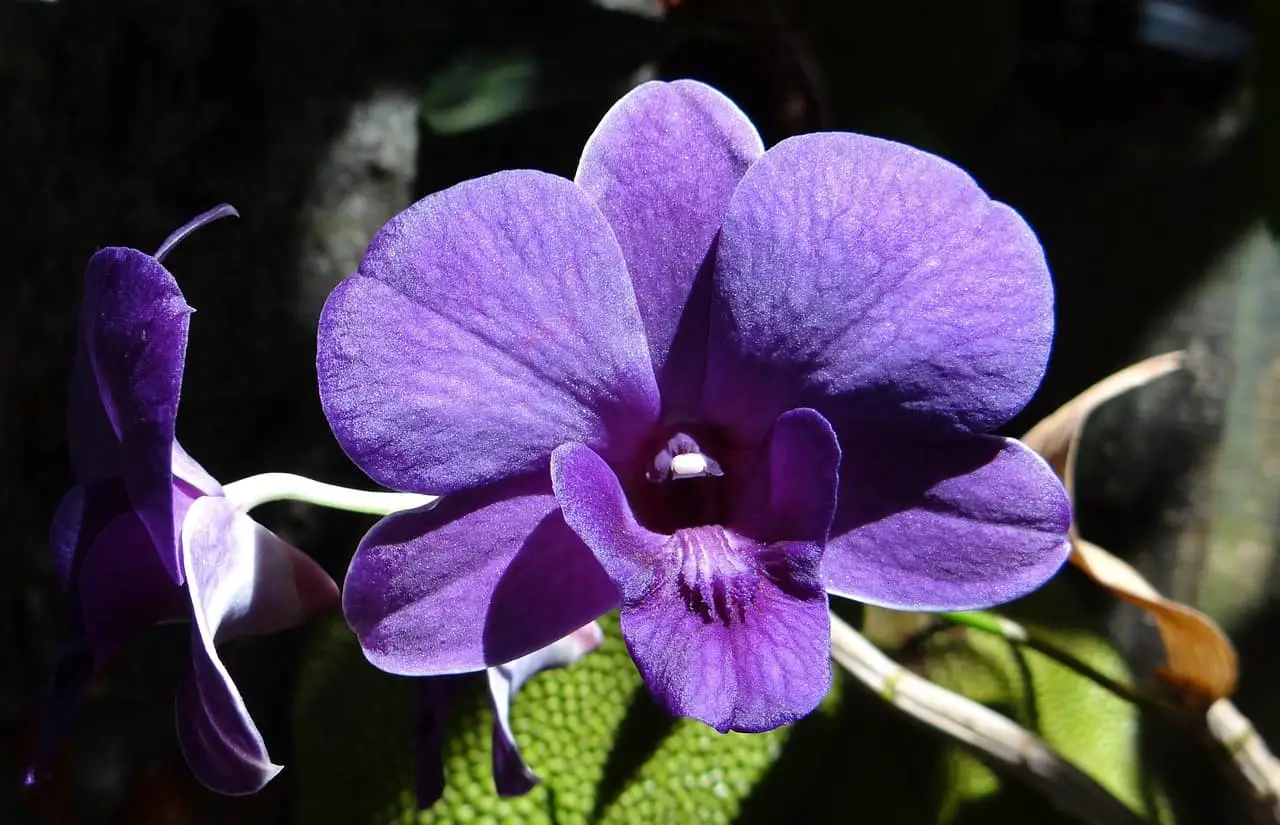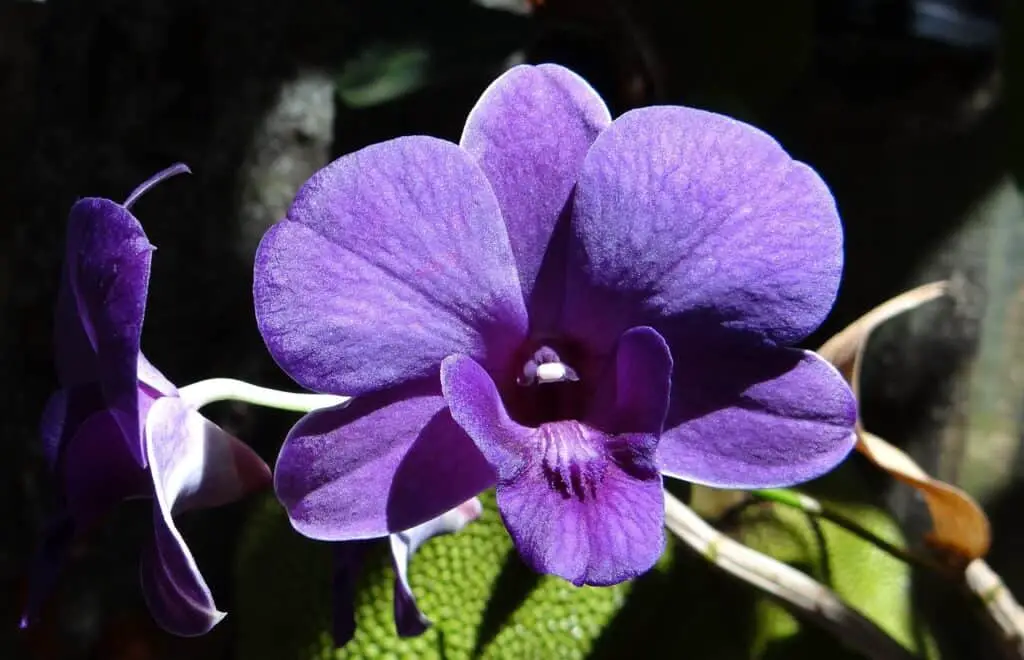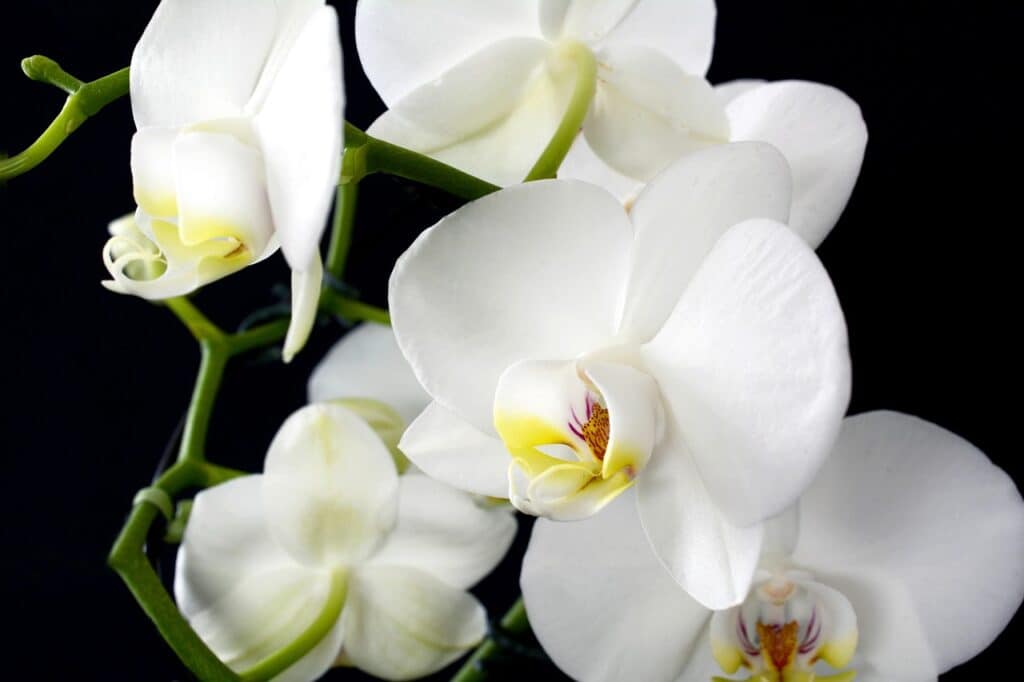Orchids are beautiful and delicate houseplants that require specific care and attention to thrive. Among the essential things to consider is how to properly water them to keep them healthy and vibrant. Different methods of watering work well for various types of orchids, and one of the methods gaining popularity among orchid enthusiasts is using ice cubes.
Benefits of using ice cubes for orchid watering
The use of ice cubes for watering orchids is becoming popular because it offers several benefits. Firstly, it ensures that the roots of the plant are not drowned by offering a slow and even release of water. When you use traditional watering methods where you pour water directly onto the soil or pot, water can easily pool up around the roots, leading to root rot. Secondly, it is an easy and convenient method of watering your orchid as you don’t have to mix or measure anything like fertilizers, water, or any other additives. Lastly, it can be a great way to manage water usage as you can control the amount of water you use, which can reduce waste.

How to prepare the ice cubes for orchid watering
Before using ice cubes to water your orchid, you need to prepare them correctly to ensure they are safe for your plant. You need to consider the type of water you use for making the ice cubes and how to prevent contamination in ice cube trays.
Type of water to use for making ice cubes.
Use distilled water or purified water to make ice cubes for watering orchids. Using tap water can be problematic as it can have chlorine and fluoride, which can harm the roots of your plant. If you can’t use distilled or purified water, fill your container with tap water and let it sit for at least 24 hours to allow the chlorine and fluoride to dissipate.
How to prevent contamination in ice cube trays.
Contamination of ice cube trays can introduce harmful chemicals to your orchids, such as dish detergent or bleach, which can harm the root system. Ensure that the tray is clean of any debris, mold, or algae before using it to make ice cubes. Rinse the tray with distilled water or purified water before making the ice cubes.
When and how often to water your orchid with ice cubes
Watering your orchid with ice cubes requires careful timing and frequency. Here are some tips on how to determine when and how often to water your orchid with ice cubes.
How to determine when your orchid needs watering
There are several ways to tell if your orchid needs watering, including checking for dryness of the potting mix, lifting the pot to feel its weight of it, or observing the leaves and pseudobulbs of the orchid. However, one reliable way you can use when using ice cubes as a water option is to place one or two cubes on the soil and observe how long they take to melt. If they take longer than an hour to melt, it means your orchid is not thirsty, and if they take less than an hour to melt, it’s time to water your plant.
How often to water your orchid with ice cubes
The frequency of watering orchids with ice cubes will depend on the environment, type of orchid, potting mix, and personal preference. In general, ice cube watering intervals can range from once a week to once a month or even longer. As you experiment with different frequencies, observe the plant’s behavior to determine the best interval that works for you.
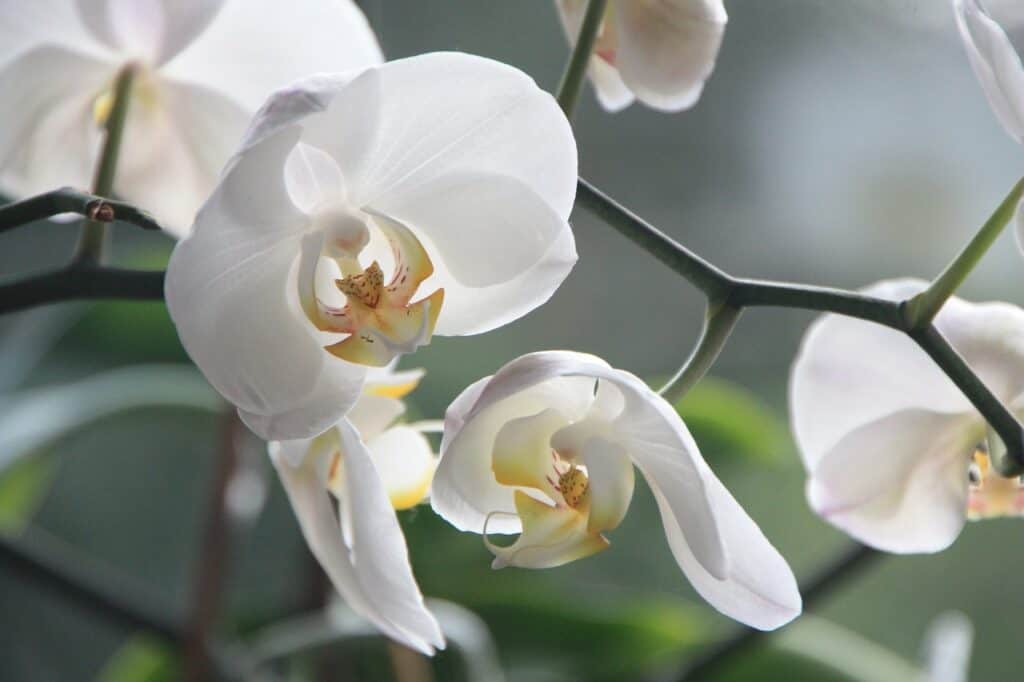
Additional tips for orchid care
To ensure that you get the most out of watering your orchid with ice cubes, here are some additional tips to keep in mind.
Other important aspects of orchid care
Besides watering your orchids with ice cubes, other critical aspects of orchid care include providing the ideal lighting, temperature, humidity, and air circulation. Be sure to research the specific requirements of your orchid species to give it the best possible care.
Common mistakes to avoid when using ice cubes to water your orchid.
It’s common to make mistakes when adopting a new process for watering your orchid. Here are some common ones to avoid when using ice cubes:
– Using too many or too few ice cubes.
– Allowing the orchid pot to sit directly on the ice.
– Not monitoring the melting rate or the wetness of the potting medium.
– Continuing to use ice cubes in the winter months when the air temperature is cooler.
Properly watering your orchid is crucial to its overall health and longevity. Using ice cubes can be an effective way to water orchids as it offers slow and even watering, is easy to manage, and saves water. However, it’s crucial to prepare the ice cubes correctly and consider the frequency of watering. By following these simple guidelines, you can successfully use ice cubes to water your orchid and help it thrive. Additionally, it’s important to remember that watering is just one aspect of orchid care and to make sure to pay attention to the other critical requirements such as lighting, temperature, and air circulation for healthy and vibrant plants.
